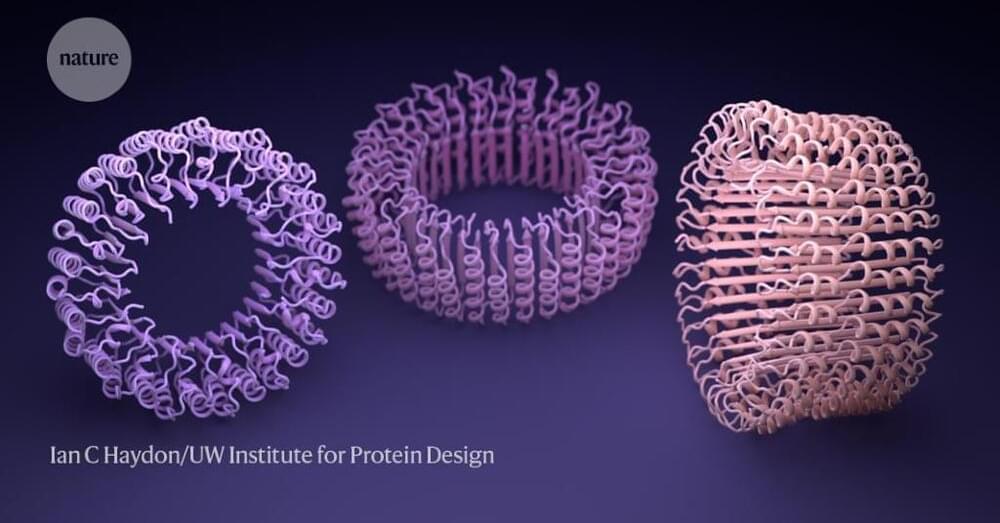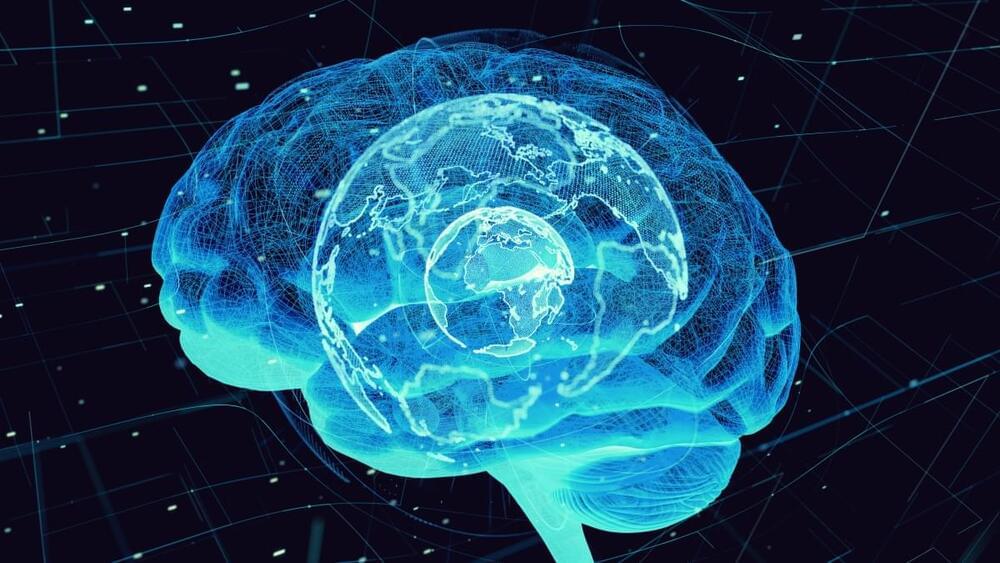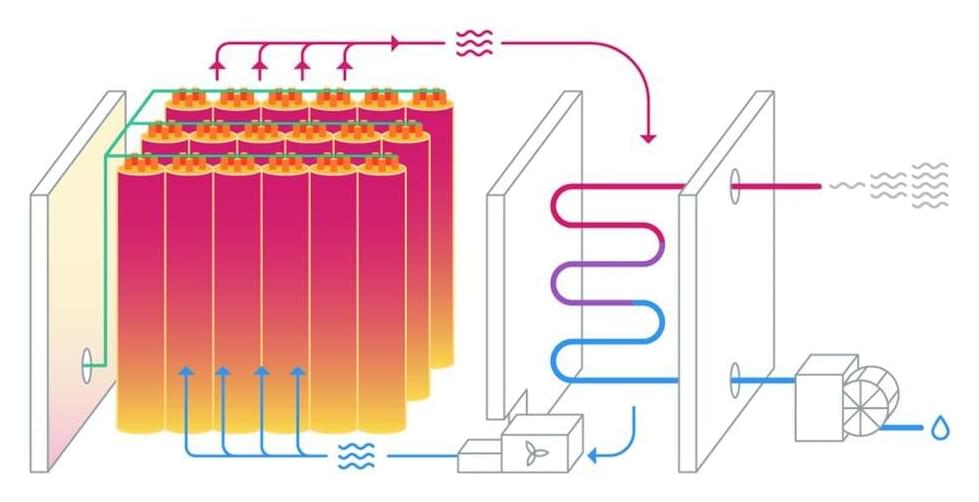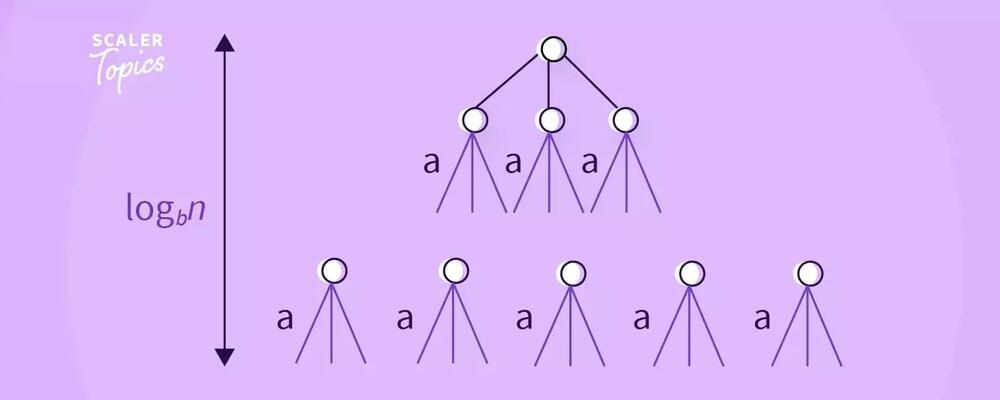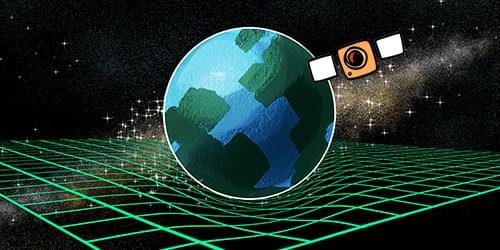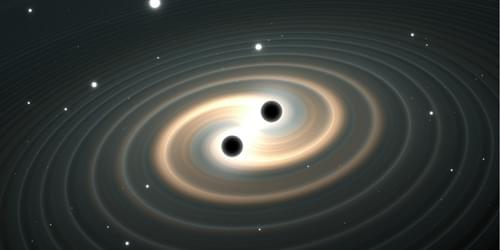In June, South Korean regulators authorized the first-ever medicine, a COVID vaccine, to be made from a novel protein designed by humans. The vaccine is based on a spherical protein ‘nanoparticle’ that was created by researchers nearly a decade ago, through a labour-intensive trial-and error-process1.
Now, thanks to gargantuan advances in artificial intelligence (AI), a team led by David Baker, a biochemist at the University of Washington (UW) in Seattle, reports in Science2,3 that it can design such molecules in seconds instead of months.
